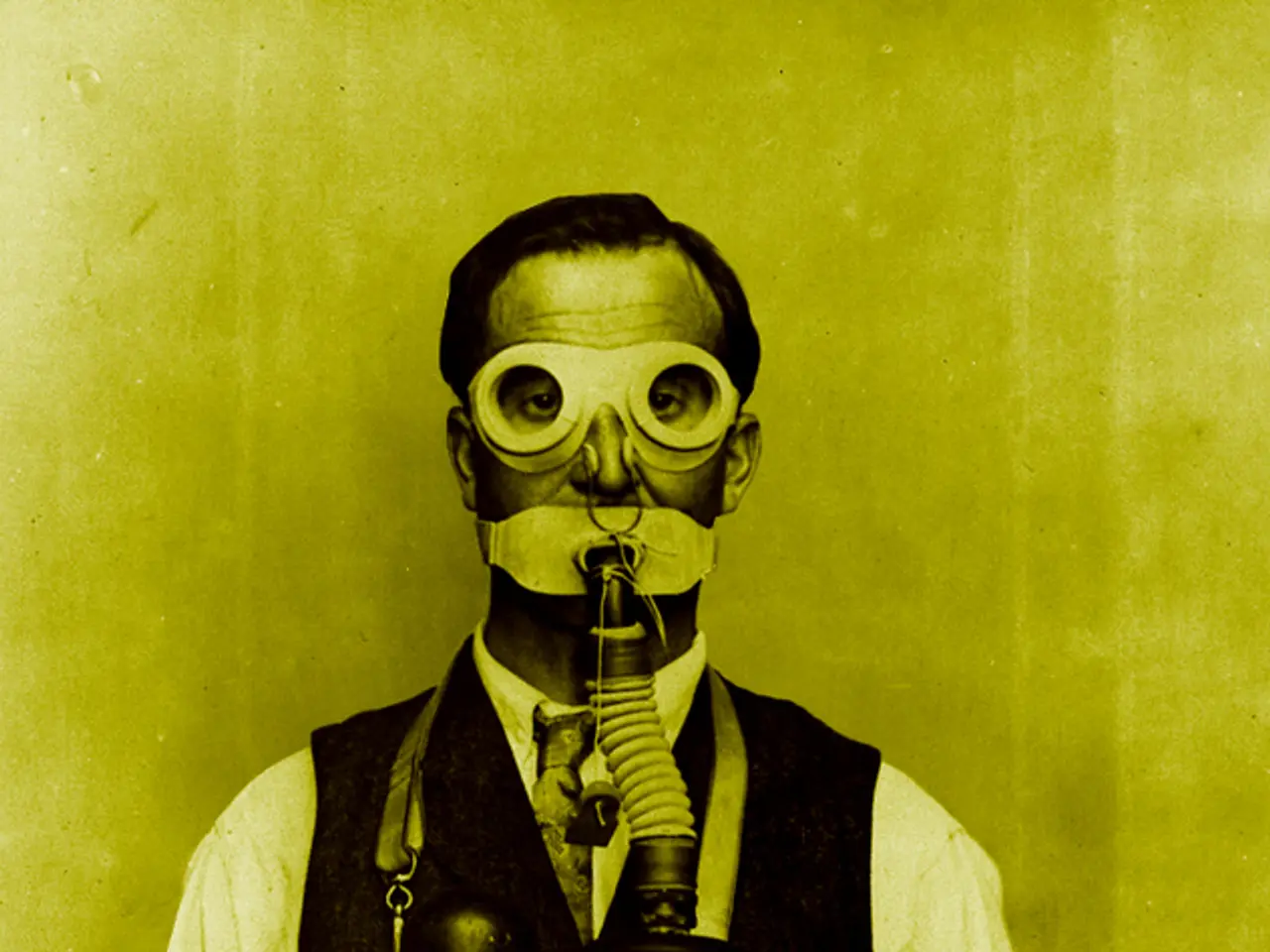Carrying an Oxygen Cylinder for Safety and Readiness Saves Lives
Oxygen cylinders and delivery systems are essential tools in various situations, from high-altitude trips to medical emergencies. This article aims to shed light on the different types of oxygen cylinders and systems available and their respective applications.
Types of Oxygen Cylinders and Systems
Compressed Gas Cylinders
Oxygen is stored as a gas under high pressure in metal cylinders, typically made from robust steel alloys. Cylinder sizes vary, from small portable ones (1.5 liters) to large stationary ones (up to 220 liters capacity) capable of pressures from 150 to 200 bar. They are commonly used in hospitals, ambulances, and emergency kits due to their reliability and ability to provide high flow rates over short to medium durations.
Pros: High oxygen flow, portable options available, do not require electricity. Cons: Need refilling once depleted, heavier than alternatives. Useful for: Medical emergencies, emergency evacuation kits in high-altitude treks, and as backup oxygen in various settings.
Oxygen Concentrators
These devices extract oxygen from ambient air by filtering nitrogen and other gases. They can be stationary (plugs into power outlet) or portable (battery-powered). Providing continuous or pulse oxygen flow but generally lower maximum oxygen flow compared to compressed cylinders, they are suitable for long-term oxygen therapy, less intensive oxygen support, and active patients at moderate altitudes or at home.
Pros: No need for refilling, quieter, portable versions increase mobility. Cons: Require power source, limited maximum flow, may have backup cylinder needs during power outages.
Liquid Oxygen Systems
Oxygen stored in liquid form at very low temperatures allows larger oxygen volumes in smaller containers. Typically used for continuous high-flow oxygen and greater portability compared to compressed gas cylinders, they are ideal for patients needing large amounts of oxygen but with mobility needs.
Specialized Oxygen Cylinders for Scuba Diving
Scuba cylinders store compressed air or enriched oxygen mixes (Nitrox) for breathing underwater. They are usually made from aluminum or steel, designed to withstand underwater pressure, and compatible with diving regulators. Must be hydrostatically tested to ensure safety.
Application and Usage for Safety and Preparedness
High-Altitude Trips: Portable compressed oxygen cylinders are most practical for immediate supplemental oxygen, while oxygen concentrators require power and may not be as practical outdoors.
Scuba Diving: Diving-specific compressed gas cylinders (air or enriched oxygen) are essential for underwater breathing, with safety certifications crucial.
Emergency Situations: Portable compressed oxygen cylinders provide reliable high flow rates for rescue and first aid.
Medical Emergencies: The choice depends on oxygen needs (flow rate, duration) and mobility. Emergency rooms use large stationary cylinders, while home care may use concentrators.
In summary, for high-altitude safety and preparedness, portable compressed oxygen cylinders are most practical for immediate supplemental oxygen. Scuba diving requires specialized diving cylinders certified for underwater use. In emergencies and medical settings, both compressed cylinders and advanced oxygen delivery devices like concentrators and liquid oxygen systems play critical roles depending on patient needs and context. Each type's utility depends on the oxygen flow required, portability, power source availability, and operating environment.
Understanding the importance of oxygen in medical emergencies makes carrying an oxygen cylinder a wise decision. Oxygen administration is essential in first aid situations, such as severe bleeding, shock, or near-drowning incidents, to stabilize the patient's condition while waiting for professional medical help. Different types of oxygen cylinders are available, and the next section will provide tips on choosing the right one for individual needs.
In the realm of health and wellness, understanding various medical-conditions necessitates awareness of suitable solutions. For instance, in addressing oxygen deprivation under certain medical-conditions, different types of oxygen cylinders and systems can be considered.
Science plays a crucial role in the development of efficient oxygen storage solutions, ranging from compressed gas cylinders for immediate relief during emergencies to oxygen concentrators that run on electricity, providing continuous support for long-term use. These advancements not only improve our response to medical-emergencies but also enable active lifestyles such as high-altitude treks by maintaining appropriate health-and-wellness.




